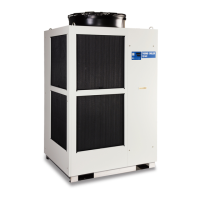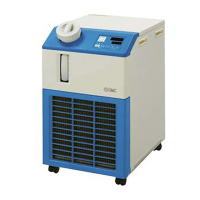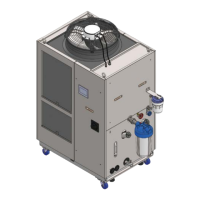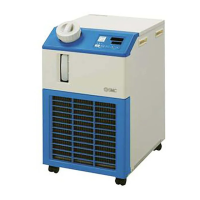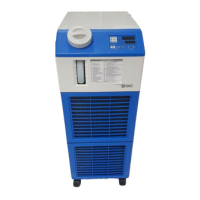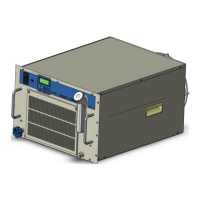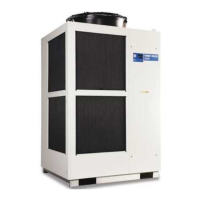HRX-OM-K003
Chapter 7 System Maintenance
HRW Series 7.1 Water Quality Management
Chapter 7 System Maintenance
7.1 Water Quality Management
Table 7-1 Water Quality Standards for Fresh Water (Tap Water)
Electrical conductivity (25°C) (µs/cm) *
Acid consumption (Ph4.8)
(mgCaCO
3
/L)
Total hardness (mgCaCO
3
/L)
Calcium hardness (mgCaCO
3
/L)
Residual chlorine (mgCl/L)
Free carbon dioxide (mgCO
2
/L)
According to the Water quality guideline for refrigeration air-conditioning
equipment: JRA-GL-02-1994
If the periodic inspection finds a nonconforming substance in the
facility water, clean the facility water circuit and recheck the quality of
the facility water.
Only designated circulating fluid is permitted to use for this system.
Potential system failure and fluid leak may occur if disregarded, which
results in electric shock, ground fault, and freeze.
Be sure to use fresh water (tap water) compliant with water quality
standards in the table below for ethylene glycol aqueous solution and
facility water.
Keep bubbles out of the facility water circuit.
Potential large variations in temperature of the circulating fluid may occur
if bubbles are present in the facility water.
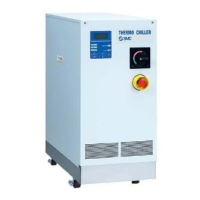
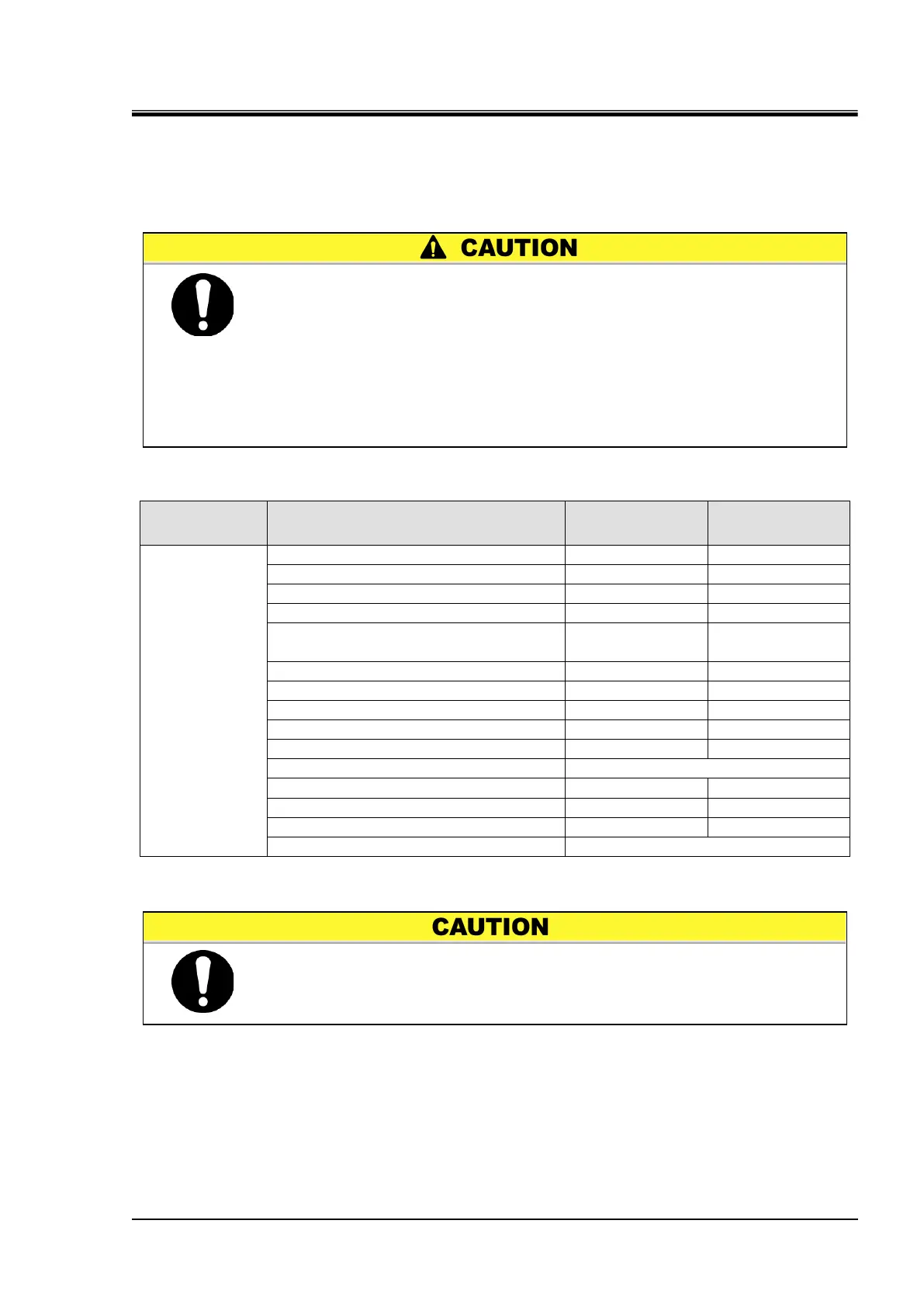